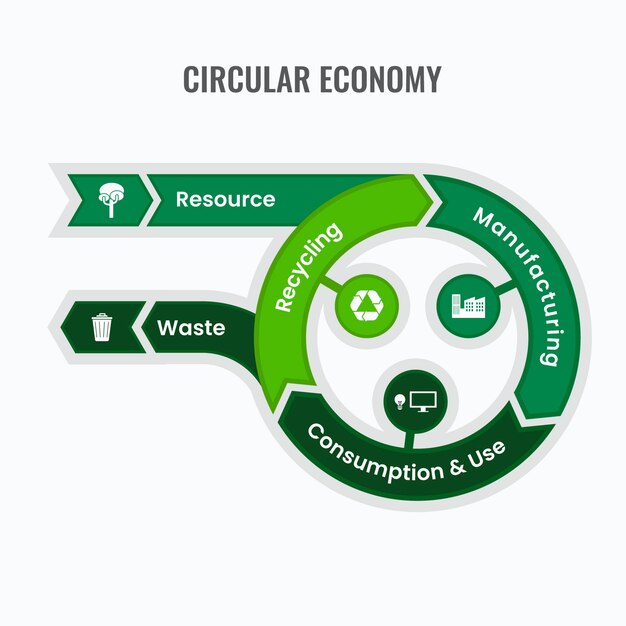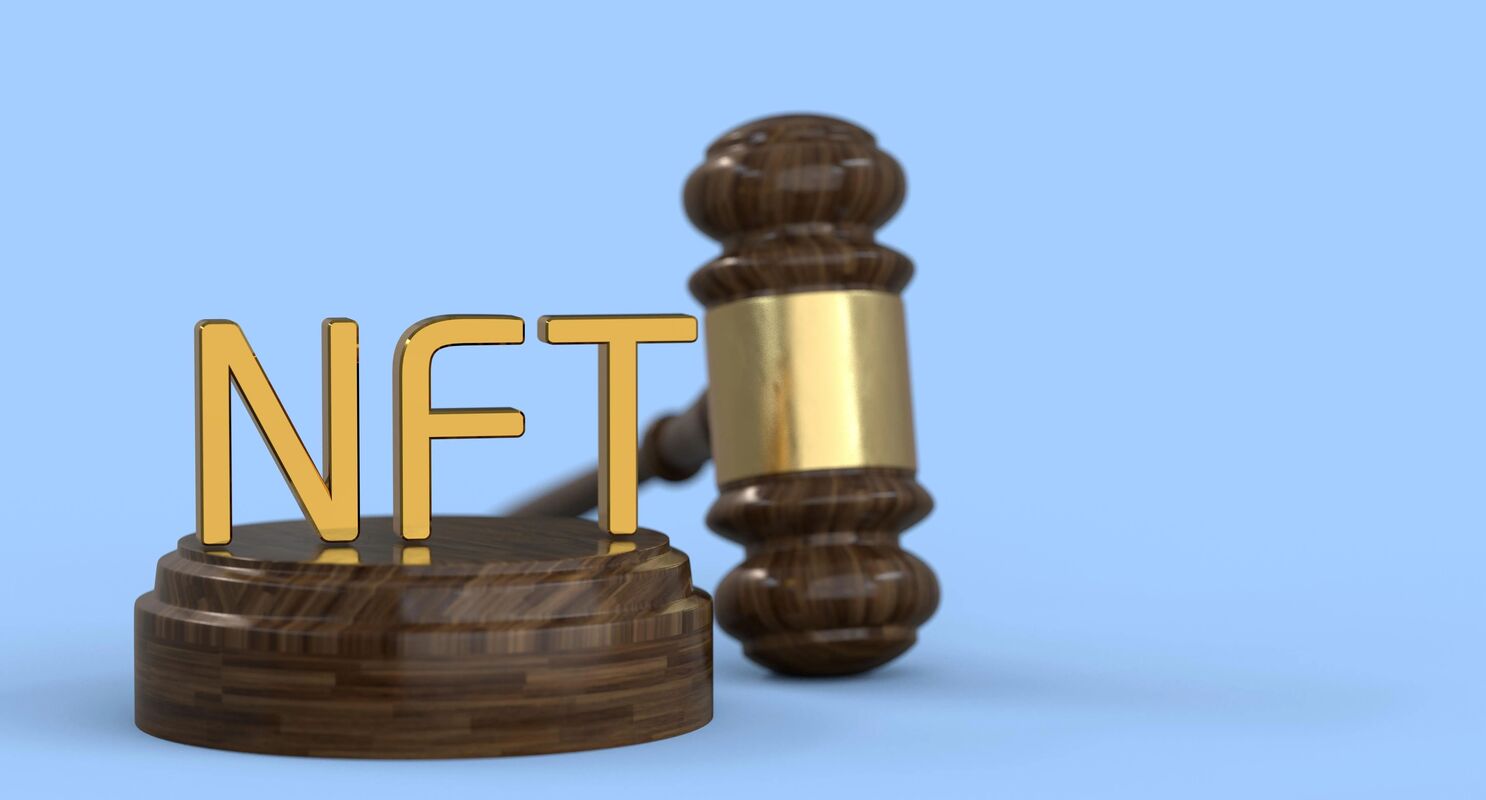Chainlink 2.0- Role in Oracle Networks
The latest developments in this prominent decentralized data solution significantly enhance the reliability and versatility of off-chain data integration. By implementing advanced features, the system addresses previous limitations while offering seamless connectivity to various external data sources. Stakeholders are encouraged to explore these innovations to improve their smart contract functionality.
An enhanced architecture introduces a variety of novel data handling techniques, allowing for improved accuracy and security. Users should consider scrutinizing the updated components, which utilize sophisticated algorithms to verify data integrity before submission. This not only alleviates trust issues but also fortifies the overall ecosystem.
For developers and businesses, onboarding can be streamlined through improved tools and resources available for integration. Prioritizing these upgrades will empower teams to leverage reliable data feeding mechanisms, driving innovation within their projects. Adopting this updated approach is recommended for those aiming to remain competitive in the decentralized application space.
Understanding Decentralized Oracle Mechanisms in Chainlink 2.0
Participants must leverage the upgraded multi-chain architecture to ensure seamless operation across various platforms. By utilizing enhanced data aggregation methods, these systems can achieve a higher degree of reliability and trustworthiness. Unbiased validation of information via decentralized nodes minimizes the risk of manipulation.
The introduction of hybrid smart contracts allows for on-chain and off-chain interactions, increasing the flexibility in data sourcing. Developers should implement these contracts to harness real-time market feeds from multiple sources, amplifying the accuracy of external data inputs.
Incorporating economic incentives for node operators is crucial. Reward structures based on performance metrics encourage consistency and reliability. Ensure that rewards are aligned with user demands for accuracy, thereby promoting a robust ecosystem.
Data authenticity verification through cryptographic proofs offers an additional layer of security. Employ cryptographic techniques such as zero-knowledge proofs to ensure data integrity without disclosing sensitive information. This can bolster user confidence while interacting with decentralized applications.
Interoperability remains at the forefront. Leveraging cross-chain capabilities will allow systems to communicate seamlessly, broadening data accessibility and application reach. Focus on the integration of diverse blockchain environments to amplify the utility of decentralized solutions.
Monitoring and auditing mechanisms are paramount for maintaining system health. Implement regular audits to assess node performance and data quality. This ensures a self-regulating network where transparency and accountability are prioritized.
Education and community engagement further solidify the infrastructure. Providing resources and fostering dialogue among developers and users encourages adoption and innovation in decentralized data solutions. Building a supportive community facilitates the continuous evolution of the technology.
How Chainlink 2.0 Enhances Data Reliability for Smart Contracts
To improve data trustworthiness for smart contracts, utilize decentralized data aggregation, which gathers input from multiple reliable nodes. This ensures that the result is representative, minimizing the risk of erroneous data influencing contract execution.
Implement verification mechanisms like staking and reputation systems among data providers. When nodes face potential penalties for providing inaccurate information, their motivation to maintain data quality increases significantly.
Incorporate off-chain computations for complex data processing tasks. This reduces the computational burden on blockchain while maintaining data integrity through verifiable methods, making results more reliable for contracts.
Utilize a multi-layered architecture that separates data retrieval and processing. Doing so allows real-time updates and better handling of changing data scenarios, which increases accuracy and responsiveness in contract operations.
Encouraging diverse data sources enhances breadth and reliability. By pulling information from various independent feeds, the likelihood of systemic inaccuracies is reduced, leading to a more robust decision-making framework within contracts.
Regularly update and audit the performance of participating nodes. Continuous monitoring ensures that only high-quality data providers are involved, further augmenting reliability levels for smart contract execution.
Real-World Applications of Chainlink 2.0 in Financial Services
Incorporating decentralized data feeds significantly enhances transparency and security in various financial applications. A prime example is the utilization of real-time market data for decentralized finance (DeFi) protocols. By ensuring accurate price oracles, these platforms can facilitate secure lending and borrowing, minimizing the risk of liquidation due to erroneous data.
Risk Management Solutions
Insurance companies can deploy these decentralized data solutions to streamline claims processes. Smart contracts can automatically trigger payouts when predefined conditions are met, such as natural disasters, verified through reliable external data. This reduces the turnaround time for claims and restores trust in the insurance ecosystem.
Asset Management and Trading
Automated trading systems can leverage up-to-the-minute data to improve execution strategies. This allows fund managers and traders to adjust positions based on the most accurate market indicators, enhancing profitability while mitigating risks. Utilizing decentralized feeds assists in maintaining the integrity of trades executed across multiple platforms.
Chainlink 2.0’s Role in Improving Cross-Chain Interoperability
To enhance cross-chain communication, it’s crucial to leverage the advancements in decentralized solutions that facilitate real-time data sharing across different blockchains. The introduction of decentralized middleware provides a robust protocol for seamless integration of disparate ecosystems.
Utilize Multi-Chain Oracles: Integrate oracles that support multiple blockchain environments to enable smooth data transfer. These tools aggregate information from various sources, allowing applications to remain synchronized and responsive across platforms.
Leverage Decentralized Identity Standards: Implementing decentralized identity frameworks will allow user and asset data to be shared securely and privately between chains, ensuring consistent identity verification processes without compromising user autonomy.
Incorporate Cross-Chain Messaging Protocols: Adopt messaging protocols specifically designed for cross-chain communication. These protocols can efficiently handle transactions and data exchanges through relay and batch processes, minimizing latency and enhancing transaction throughput.
Adopt an Incentive Structure for Validators: Encourage validators to participate in cross-chain setups by providing incentives. This can drive active engagement, ensuring reliable consensus across different networks and facilitating trust among diverse protocols.
Focus on Security Measures: Ensure that any cross-chain implementation incorporates stringent security protocols. Establish audits and use cryptographic proofs to verify transactions, reducing the risk of vulnerabilities that could compromise interoperability.
Promote Community Development: Engage with a community of developers to explore innovative solutions for cross-chain functionality. Sharing ideas and resources can lead to collaborative approaches, optimizing interoperability and fostering ecosystem growth.
Emphasizing these strategies will position decentralized applications as truly interconnected, enabling users to access and utilize services across multiple platforms seamlessly.
Evaluating Security Measures for Oracle Networks in Chainlink 2.0
Implement redundancy in data sources to mitigate risks of tampering or inaccuracies. Utilize multiple data providers for cross-verification of information, ensuring higher integrity through consensus.
Implement Robust Authentication Protocols
- Adopt multi-signature requirements for transaction confirmations.
- Incorporate decentralized identity solutions to enhance trustworthiness of data sources.
Regular Security Audits and Monitoring
Conduct periodic audits to identify vulnerabilities. Utilize automated monitoring tools to detect anomalies in data feeds and alert network participants promptly.
- Establish a regular schedule for security assessments.
- Collaborate with third-party security firms for unbiased evaluations.
Encourage community participation in reporting threats or inconsistencies. This collaborative approach fosters a richer security layer by engaging a wider range of stakeholders.
Enhance Data Provenance Tracking
- Implement blockchain solutions to trace data origins, ensuring traceability and accountability for each piece of information.
- Utilize cryptographic hashes to secure data integrity at every stage of its journey.
Future Trends in Oracle Services Driven by Chainlink 2.0 Innovations
Focus on decentralized data aggregation is a critical trend emerging from recent advancements. Enhanced protocols will allow for real-time data sourcing from multiple reliable channels, increasing accuracy and reliability. Stakeholders should invest in robust data verification methods to ensure the integrity of received information.
Enhanced privacy features signal a shift towards secure data transactions. By implementing cryptographic techniques, users can safeguard sensitive information while still providing necessary access for transactions. It is advisable for developers to explore zero-knowledge proofs to bolster user anonymity without sacrificing utility.
| Trend | Description |
|---|---|
| Decentralized Data Aggregation | Real-time access to multiple data sources ensures accuracy. |
| Enhanced Privacy Features | Cryptographic methods protect sensitive information in transactions. |
| Oracles as Services | Shift towards subscription models for continuous data provision. |
| Cross-chain Compatibility | Interoperability between different blockchain platforms expands use cases. |
Subscription models for data provision are becoming more common. This approach allows developers to rely on continuous data feeds, reducing the need for extensive infrastructure investments. Companies should consider adopting this model to streamline operations and optimize resource allocation.
Cross-chain capability will enhance connectivity and broaden applications across various blockchain systems. By establishing protocols that facilitate communication between disparate platforms, businesses can unlock new opportunities in the decentralized ecosystem. It’s advisable to invest in interoperability solutions to capitalize on this growth area.
Customized data solutions are increasingly important as organizations seek to tailor feeds to specific business needs. Building adaptable platforms will enable offering personalized services, enhancing user engagement and satisfaction. Organizations should prioritize flexibility in their data solutions strategy to remain competitive.
Q&A: Chainlink 2.0- Role in Oracle Networks
How does the Chainlink network play a crucial role in the blockchain ecosystem, and what makes it different from traditional oracle providers?
The Chainlink network plays a crucial role in the blockchain ecosystem by acting as a decentralized oracle network (DON) that delivers real-world data onto the blockchain. Unlike traditional oracle providers, Chainlink’s decentralized oracle structure ensures tamper-resistant and trust-minimized data feeds. This enables smart contract applications to access external data, such as price feeds and weather information, without relying on a single centralized source.
What are the main goals outlined in the Chainlink 2.0 whitepaper, and how does Chainlink 2.0 aim to meet the evolving needs of the blockchain industry?
The Chainlink 2.0 whitepaper introduces a vision of chainlink 2.0 focused on expanding the capabilities of smart contracts through a more scalable and secure decentralized oracle network. Chainlink 2.0 aims to meet the evolving needs of the blockchain industry by introducing features such as off-chain compute, link staking, and Chainlink automation. These enhancements address the increasing demand for decentralized services for smart contracts and strengthen the reliability of oracle functions across oracle nodes.
Why is the concept of hybrid smart contracts central to the Chainlink 2.0 roadmap, and how does it enhance smart contract developers’ ability to build secure applications?
The concept of hybrid smart contracts is central to the Chainlink 2.0 roadmap because it blends on-chain logic with off-chain data and compute provided by Chainlink oracle technology. This enables smart contract developers to create more advanced, secure, and scalable applications. Chainlink also supports sensitive data handling and real-world data aggregation, enhancing the power and flexibility of blockchain and smart contract use cases.
How do DONs in the Chainlink ecosystem operate, and what role do they play in the future of decentralized oracle networks?
DONs in the Chainlink ecosystem consist of decentralized oracle nodes working together to fulfill data requests from smart contracts within the network. They play a pivotal role in the future of decentralized oracle networks by supporting a variety of services, including randomness generation, proof-of-reserve, and cross-chain communication. The decentralized nature of Chainlink ensures that DONs provide trustworthy data feeds critical to the integrity of blockchain technology.
How does the Chainlink project aim to solve the oracle problem within the blockchain network, and what makes its solution reliable?
The Chainlink project addresses the oracle problem by providing a blockchain oracle network that connects smart contracts to real-world data in a decentralized and trust-minimized way. Chainlink operates within the blockchain using multiple independent chainlink nodes that aggregate and verify data before delivering it to the contract. This decentralized approach ensures data integrity and reliability, solving a critical challenge for smart contracts.
What is the role of decentralized oracle networks in meeting the needs of the blockchain ecosystem, and how does Chainlink stay at the forefront of this evolution?
Decentralized oracle networks play a critical role in enabling smart contracts to interact with off-chain data, thereby expanding the functionality of protocols and system applications within the blockchain. Chainlink stays at the forefront of decentralized oracle innovation by continuously evolving its network, introducing new services, and aligning with the growing needs of the blockchain ecosystem through its chainlink 2.0 update and decentralized architecture.
How does the chainlink staking mechanism support the goal of Chainlink and strengthen its decentralized services?
The chainlink staking mechanism allows node operators to commit the native link token as collateral to ensure honest behavior and high-quality data delivery. This supports the goal of Chainlink to provide secure, reliable, and scalable chainlink decentralized services. By staking link tokens, participants are incentivized to maintain uptime and accuracy, reinforcing trust in the Chainlink network and its oracle solution.
What advancements does Chainlink 2.0 introduce to enhance chainlink services and improve the performance of smart contracts within the blockchain?
Chainlink 2.0 introduces key advancements such as off-chain computation, hybrid smart contract support, and expanded oracle capabilities to improve smart contract performance within the blockchain network. These updates allow developers to use Chainlink in more complex applications while maintaining decentralization and security. Chainlink has already implemented several components of this vision, solidifying its position as a critical player in the evolution of decentralized oracle networks.


